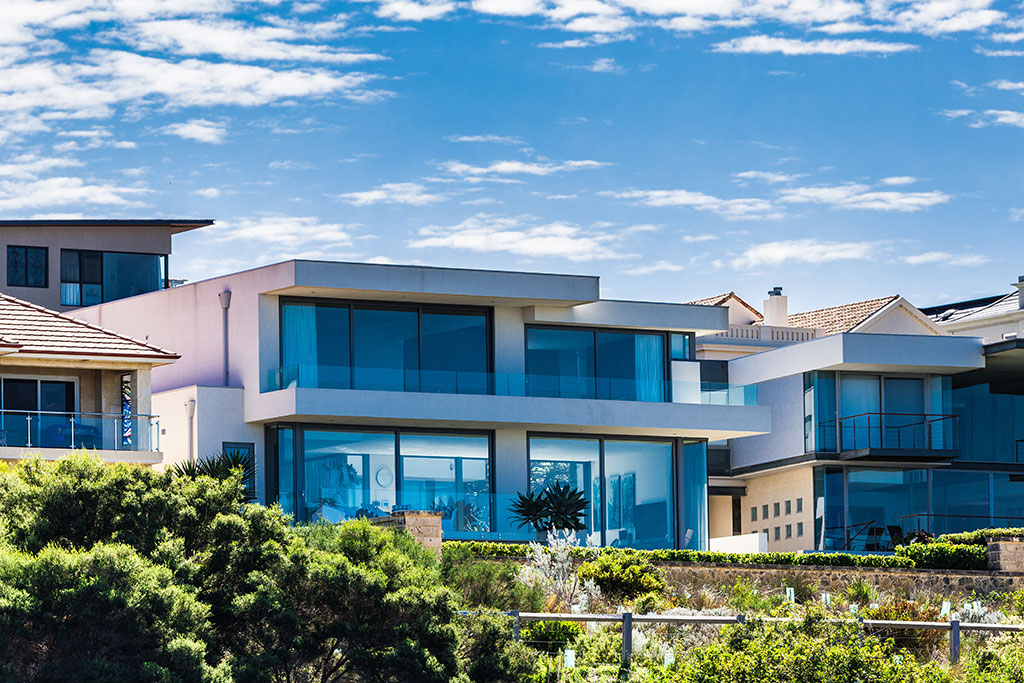Up until last year, the property market has been a bright spot for the Australian economy. National home values reached a 3.8% increase in November while combined capital city dwelling values rose to 4.6% in the same month. Since the onset of COVID-19, Australia’s property industry has been facing unprecedented challenges that have resulted in price fluctuations and fewer investments.
Trouble in the property market
Property analysts report that although housing values remained stable throughout March, the second half of the month saw a decline in growth as customer confidence dropped and social distancing rules were implemented. In fact, the national March reading recorded the lowest monthly gain since the property market lifted in July 2019.
For the first time in almost 30 years, Australia may experience a recession that would greatly impact property pricing and buyer activity. Even with the Federal Government’s $130 billion stimulus package in place, unemployment will continue to rise, which could lead to unpaid mortgages and rent.
A reduction in property sales would also reduce the number of property listings. The ABC reported that over 40% of nationwide real estate auctions were already cancelled in light of stricter social-distancing rules. As a result, real estate agents are forced to carry out online auctions and negotiate private sales via telephone which significantly slows down transaction rates.
Fluctuating house prices – both regional and capital cities
March saw a rise in house values across every capital city besides Hobart (after coming off rises as high as 14% in 2018), which fell to 0.2%. Sydney enjoyed the highest growth over the quarter at 3.9%. Melbourne ranked second at 2.9% followed by Canberra at 1.7%.
That said, some of the more popular capital city sub-regions experienced a month-on-month decline.
Unfortunately, Melbourne’s inner east recorded a 0.2% decrease after experiencing a rapid rise in values the previous months.
Additionally, properties in Ipswich and Logan faced a significant downturn in values over the month. Both Melbourne’s inner south and Sydney’s Sutherland region also experienced similar slumps.
Darwin and Adelaide had the lowest capital city quarterly increase at 0.6% for both, with each state’s regional areas also faced similar plunges with values higher over the earlier parts of the quarter.
Premium properties
Most property sales closed earlier this year were a result of premium value investments. And yet, the high-end segment of the market appears to have the greatest deceleration in growth rate since the pandemic. Quarterly growth rate for premium properties crashed from 6.6% in the December 2019 quarter to 3.6% over the March 2020 quarter.
While job losses seem to be more evident in the lower-paid sector, equity values have also plummeted hard, which could be the reason for the dwindling demand for high-end properties.
As the effects of COVID-19 grow stronger in the coming months, trends and prices in the property market will continue to fluctuate like never before. But while the pandemic may bring drastic changes to the way we invest, many economists are hopeful that this crisis is temporary and manageable. Thanks to government support and record low interest rates, it won’t be long before the property market stimulates economic growth once again.










